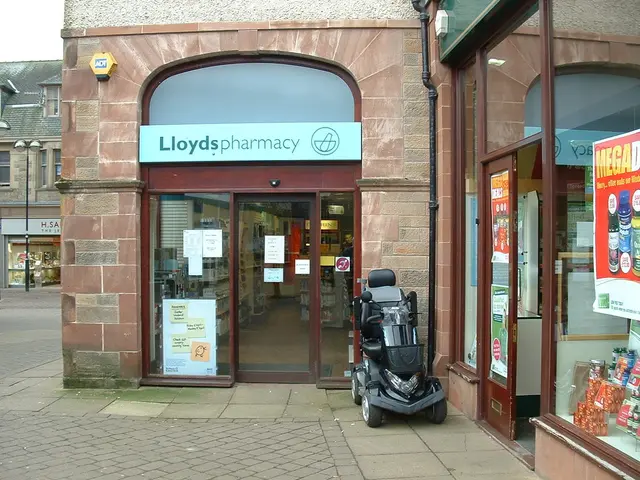Benefits of Barefoot Running and Guidelines to Begin
Embracing Barefoot Walking: A Guide to Foot Health and Well-being
Barefoot walking, a practice that has gained popularity in recent years, offers numerous benefits for foot health and overall well-being. Here's what you need to know about this trend and how it can positively impact your life.
The Advantages of Going Barefoot
- Strengthening Foot Muscles and Arches: Barefoot walking activates small stabilizing muscles in the feet, helping to strengthen arches and reduce stiffness.
- Improved Balance and Proprioception: Walking without shoes enhances sensory feedback from the feet, leading to better balance, stability, and coordination, which reduces fall risk especially in older adults.
- More Natural Gait and Posture: Barefoot walking encourages forefoot landing rather than heel striking, promotes a natural walking pattern, and improves alignment from feet up to the spine, potentially preventing back pain and joint strain.
- Reduced Risk of Injury: A smoother foot landing reduces impact forces on joints and cartilage, which may lower the risk of conditions like osteoarthritis.
- Enhanced Connection with Nature: Walking barefoot on natural surfaces such as grass offers sensory benefits that support mental clarity, relaxation, and overall well-being.
Practicing Barefoot Walking Safely
- Gradual Transition: Because foot muscles and tissues adapt over time, it's essential to start slowly and increase barefoot exposure progressively to avoid soreness, strains, or injury.
- Surface Safety: Walking barefoot on uneven, rough, or contaminated surfaces increases the risk of cuts, bruises, infections, or puncture wounds. Choose clean, safe environments like grass or smooth ground.
- Foot Conditions: Individuals with existing foot problems (e.g., plantar fasciitis, flat feet, diabetes-related neuropathy) should consult healthcare providers before extensive barefoot walking to avoid exacerbating issues.
Incorporating Barefoot Walking into Daily Life
- Conscious Scheduling: Making a conscious effort to schedule time for barefoot walking can help make it a regular part of your daily routine.
- Garden Walks: Walking barefoot in your own garden with varied surfaces can be enough to incorporate more barefoot walking.
- Barefoot Paths and Parks: Barefoot paths and parks can provide an alternative for incorporating more barefoot walking.
- Starting Slowly: For healthy feet, starting barefoot walking slowly is advised, as the foot muscles need time to adapt to the new stress. Initially, one should only walk barefoot and without socks on soft surfaces for about five minutes.
Common Concerns and Solutions
- Calluses: The formation of calluses on the feet can happen when walking barefoot. If calluses become too thick, they need to be removed to prevent open wounds or cracks, especially in diabetics. However, if too much callus is removed, it will form again excessively fast.
- Sharp Objects and Wildlife: There is a risk of injury when walking barefoot outdoors due to sharp objects and potential encounters with bees and wasps. Be mindful of your surroundings and avoid walking in areas with known hazards.
- Indoor Barefoot Walking: Walking on socks or stockings indoors often has the same effect as walking barefoot. However, to reap the full benefits of barefoot walking, consider removing your shoes when possible.
In summary, barefoot walking can improve foot muscle strength, balance, posture, and gait, contributing to overall foot and musculoskeletal health, but it requires a cautious, gradual approach and attention to safe surfaces to minimize injury risk. Embrace this trend with care and reap the rewards of a healthier, more connected lifestyle.
Read also:
- Water Chemistry Dosage Guidance from AskBRS: Understanding What, How Much, and When to Add!
- Nurturing Permafungi Cultivation: An Organic Handbook for Fungi Farming
- Experimenting with a TikTok weighted vest strategy transformed my functional fitness journey, proving to be an effective approach.
- Exploring expansive environmental solutions: Delving into LPPI's latest Environmental Opportunities Fund








